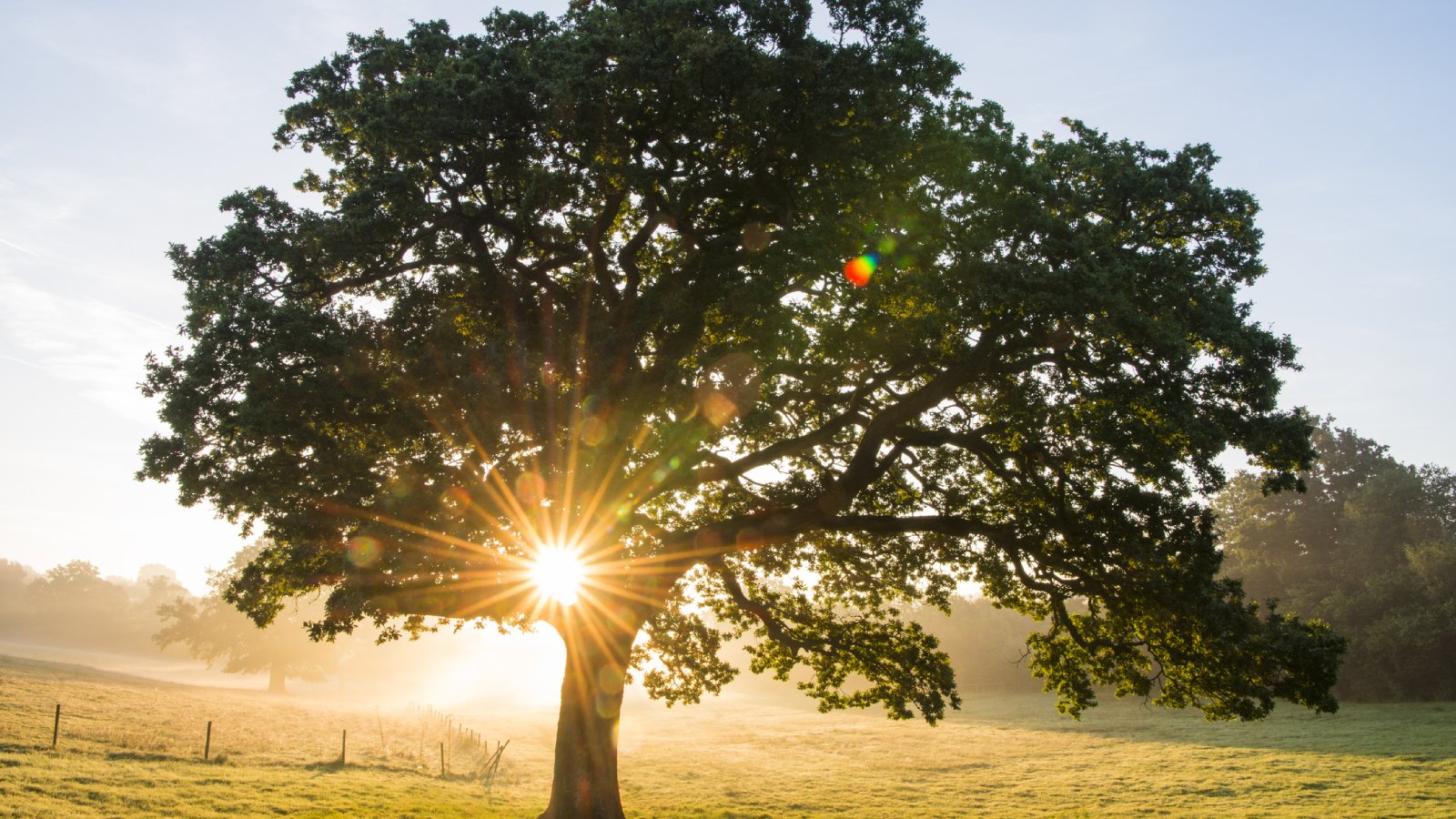
Climate change is affecting plant migration. This isn’t the first time plant migration and climate change have been linked. The fossil record shows that when climate changes, so do the plant species. Even without a significant geologic event, plants migrate. So how does climate change affect gardens? Do plants migrate in response to climate change? Keep reading to learn about plant migration and its impact on biodiversity and the planet.
What Is Plant Migration?
Plants are mobile. Single plants can't move on their own, but entire plant species can. They naturally change locations through the dispersal of seeds, pollen, or vegetative structures, referred to as plant migration.
For instance, the Georgia Institute of Technology did a study that reported 75% of the dominant plant groups found in North America have migrated across the region during the last 18,000 years. This includes large species like oak and pine trees. This movement was more or less a slow and steady migration in response to slow and steady natural changes in their environment.
Around 56 million years ago, the Earth’s average temperature warmed by 7-14 F (-14 to -10 C). Quite a jump. Scientists don’t agree on the ultimate cause of this warming, but they do agree that it stemmed from a giant burst of carbon dioxide entering the atmosphere. This jump in temperature is called the Paleocene-Eocene Thermal Maximum or PETM.
Plant species movement is usually less dramatic than that seen during climatic events, but today, humans have a great deal to do with both.
People collect plants from different bio-habitats where they are either babied along in greenhouses or they eventually acclimate to local conditions. In this way, species are essentially moved about the planet.
Plant Migration and Climate Change
In the case of a climatic event, an increase of carbon dioxide raises the Earth’s average temperatures facilitating the movement of plant species to areas previously inhospitable to them. This plant mobility is often a response to crisis and is a matter of survival for the species.
Sign up for the Gardening Know How newsletter today and receive a free copy of our e-book "How to Grow Delicious Tomatoes".
As plant species move, so do entire ecosystems that depend on those plants for food, shelter, etc. In this way, we can see how the landscape of a particular area can change completely. The problem today is that plants have many more roadblocks to cross compared to even a few hundred years ago. Roadblocks like road systems, for example, hamper the efforts of plant species to cross into forests or up mountains to access more favorable conditions.
Also, with the advent of climate change, some studies show that plant species aren’t mobile enough; they can’t migrate fast enough to keep up with global warming. This results in the loss of some plant species and in turn, often the loss of entire ecosystems.
These losses have a domino effect on other species including homo sapiens which scientists have warned could eventually be civilization's downfall.
What Plant Migration Means for Gardeners
To many people climate change is too far removed for contemplation, so how could it possibly affect them? Gardeners know better even if they can’t agree on the cause of climate change.
So what does plant migration as a result of climate change mean to gardeners? Gardeners may begin to see diminishing pollinators as native plant species migrate. Plants normally acclimated to the landscape may succumb to higher temperatures or lack of pollinators, opening the way for more invasive species. These invasive plants may bring with them diseases that prey on the surviving plant species.
Wildlife may move on as plants migrate, so gardeners may no longer have resident songbirds or other species visit the landscape. Climate change and pests are linked too - when natural predators like birds leave, the insects these creatures eat may then grow in population, to the detriment of existing plant species.
Typically cooler areas are experiencing shorter, less intense cold. This opens the door for the migration of more tropical plant species expansion so gardeners may begin to see these beginning to populate the surrounding area. With this expansion comes the movement of cold-sensitive animals and birds and thus, entire ecosystems.

Amy Grant has been gardening for 30 years and writing for 15. A professional chef and caterer, Amy's area of expertise is culinary gardening.

